Table tennis balls may seem like simple pieces of equipment, but that couldn’t be further from the truth. Choosing the right table tennis balls comes with a number of considerations and will depend on the level of the players. Factors such as the material, size, and brand can all make noticeable differences in performance levels.
Keep reading to learn more about what consumers are looking for when purchasing table tennis balls for 2025.
Table of Contents
Global market value of table tennis equipment
Factors to look for in table tennis balls
Types of table tennis balls
Conclusion
Global market value of table tennis equipment
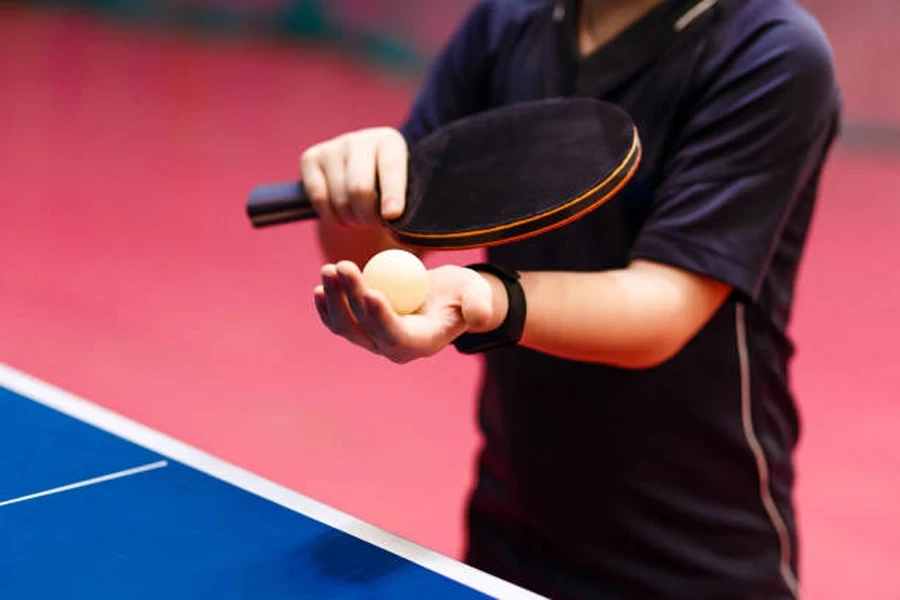
Out of all of the table tennis equipment available, table tennis tables, paddles, and table tennis balls that are the most essential. Additional accessories such as table covers, wristbands, and shoes are also highly sought after among consumers. In recent years, table tennis has started to become more popular globally due to a rising awareness of the importance of living an active lifestyle. Advancements in technology have also helped to make the sport more appealing to modern day consumers.
By 2024, the global market value of table tennis equipment reached over USD 856.6 million. This number is expected to rise at a compound annual growth rate (CAGR) of 2.89% between 2024 and 2032, bringing the total market value to USD 1.1 billion by the end of 2032. Affordable equipment is helping to drive these market sales as the sport continues to appeal to different types of consumers.
Factors to look for in table tennis balls
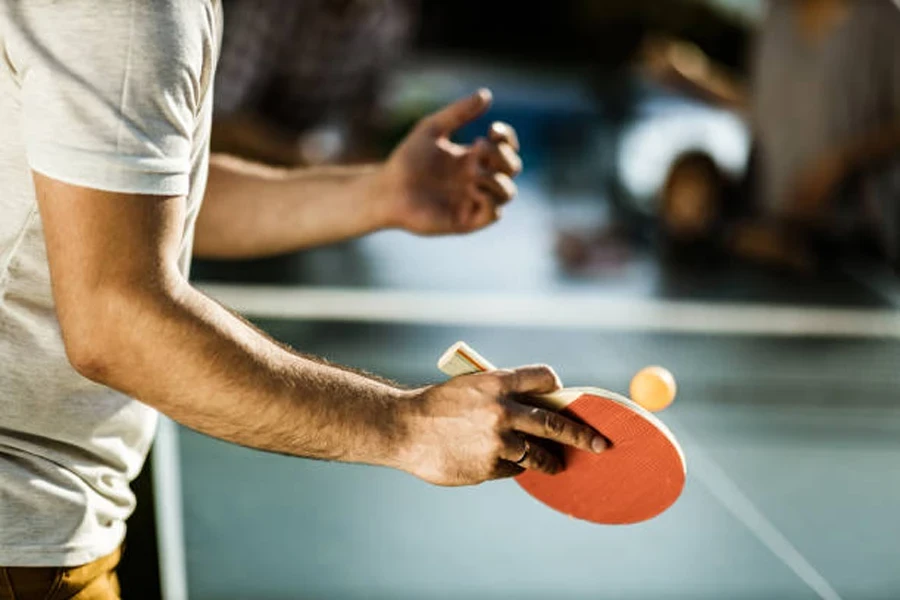
When purchasing table tennis balls, customers will want to look at several factors:
Material and seams vs. seamless
The material of table tennis balls is crucial in skills development and reaching perfection. The majority of balls are made from plastic or celluloid. Plastic balls (ABS) are known for their durability and consistency so they have become the global standard. Balls that have seams will offer better spin control whereas seamless table tennis balls have a more consistent bounce.
Size and weight
Modern table tennis balls have a standard size of 40+ mm. This means that they’re larger than older styles of balls which helps to improve visibility as well as control. In terms of weight, they should weigh 2.7 grams in order to generate the correct speed and maintain consistency.
Star rating
Table tennis balls are rated from 1 to 3 stars. The higher the star, the more durable the balls will be. Players who want the balls to last longer and that will be taking part in high intensity training or matches will prefer 3-star rated balls. The bounce consistency is also higher with 3-star rated balls which is why they’re preferred by competitive players. For casual games where premium quality isn’t essential, 1 or 2 star rated balls are acceptable.
Types of table tennis balls
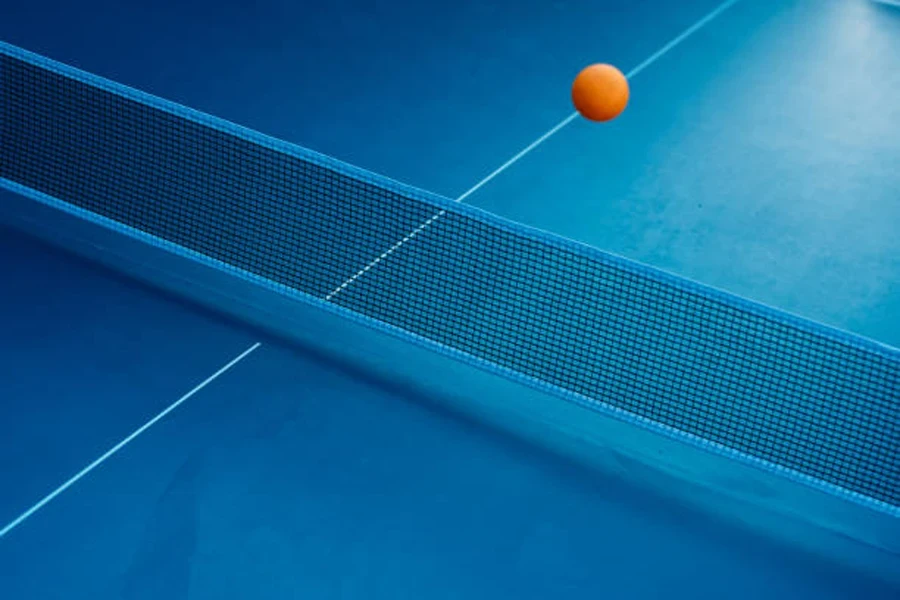
There are a variety of table tennis balls available for customers to choose between. Which ones they prefer will depend on their level of play as well as if they’ll be using them for matches, training sessions, or on outdoor ping pong tables.
According to Google Ads, “table tennis balls” has an average monthly search volume of 6600. The most searches during the year come in January and August, with 20% of the total search volume. For the remainder of the year, searches remain consistent between 5400 and 6600 per month.
Google Ads also reveals that the most searched for table tennis balls are “3-star table tennis balls” with 1900 searches on average per month, followed by “celluloid table tennis balls” with 390 searches and “plastic table tennis balls” with 210 searches. Keep reading to learn more about the key features of each.
3-star table tennis balls

The best high quality table tennis balls are 3-star balls. These balls are designed to be used for competitive play, including by professionals due to their bounce consistency. 3-star balls meet all of the international regulations for size and weight which is why they’re highly sought after by all levels of players, by clubs, and by coaches.
The predictable bounce offered by 3-star balls makes them perfect for precision shot making as well as spin control in fast-paced matches. Since these balls will undergo endless hours of hitting in high-scoring games, they’re built using ABS plastic and are highly durable and resistant to cracking. They’re generally available in either white or orange which provides players with different options based on the lighting conditions.
Celluloid table tennis balls
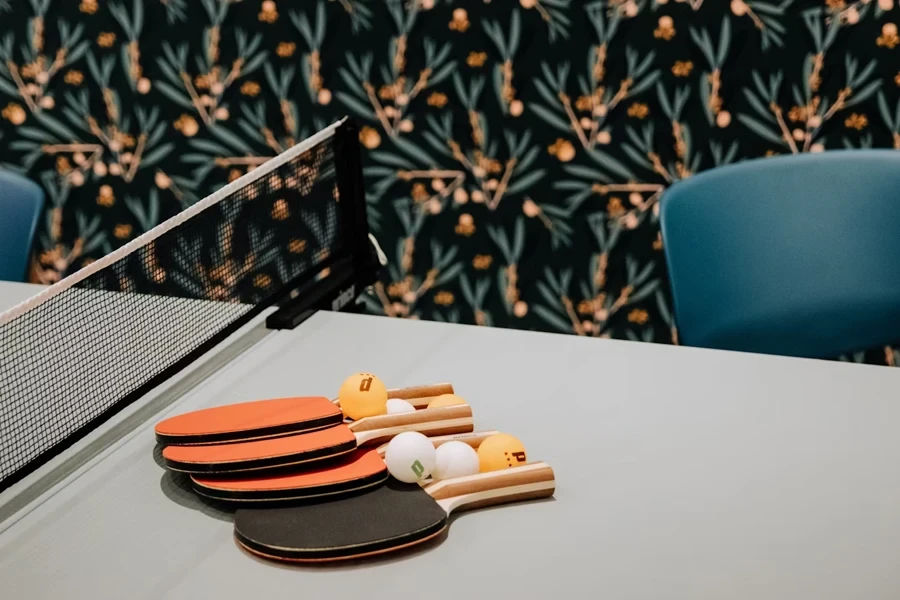
Before ABS plastic became the norm, celluloid table tennis balls were the standard choice. Celluloid is a lightweight and flammable material that offers a consistent bounce and a smooth surface. These balls are known for their speed and spin capabilities, making them a popular choice for competitive and recreational play. They’re also very responsive to changes in grip and strokes which allows players to have greater control over the balls.
Although some players still prefer the feel and performance of celluloid balls, they can pose a safety risk due to the flammable material. These balls are also known to break more easily than plastic table tennis balls, and it’s not uncommon for them to start deforming after heavy use. Players who still use celluloid balls choose them because they have a traditional playing style and like the nostalgia feel that they bring.
Plastic table tennis balls
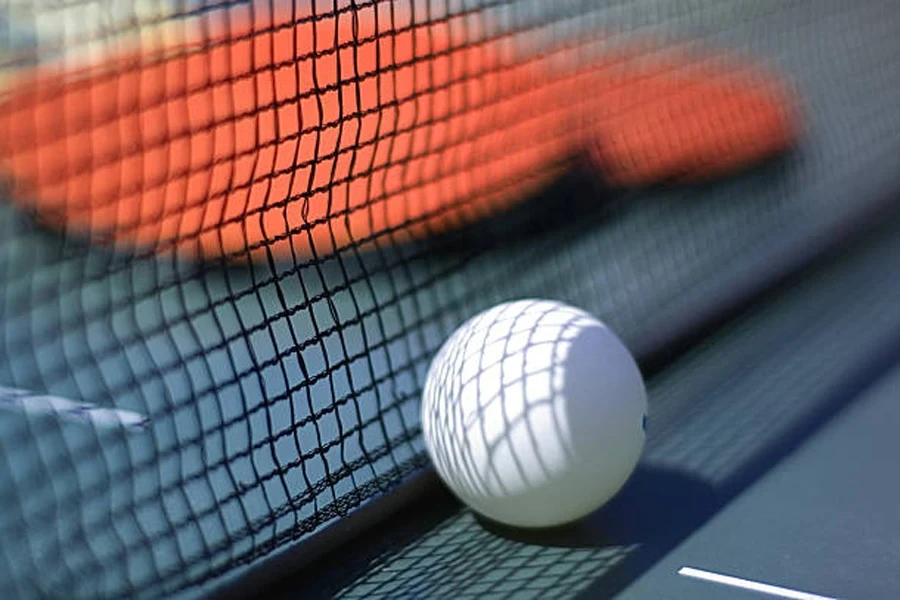
The standard for modern table tennis balls has shifted from celluloid to plastic due to safety and durability. Plastic table tennis balls are made from ABS plastic which is very resistant to deformation and cracking. This means the balls will last longer, even in highly competitive situations. ABS plastic offers a consistent bounce and spin, which players prefer so they can better predict the behavior of the shots in high-paced rallies. These balls also meet the strict regulations set up by the ITTF (International Table Tennis Federation).
Unlike celluloid balls, plastic table tennis balls are more environmentally friendly and are non-flammable. They’re designed to have a uniform roundness and weight in order to provide consistent playing performance regardless of the level of play and the environment. Some players may find that plastic balls offer less spin than celluloid balls do, but this is outweighed by their durability and safety which make them a top choice for modern table tennis players.
Plastic balls are typically available in orange and white, though some players may prefer to play with customized patterns in more relaxed environments. These balls can have a lower star grade if they’re being used for outdoor play or by beginners, but they’re still some of the best selling balls available and work great on outdoor tables.
Conclusion
Choosing the right table tennis balls comes down to the individual, the skill level, and the environment. The most commonly used are ABS balls, for recreational purposes, but 3-star rated table tennis balls are also in high demand for competitive tournaments. The use of celluloid as a material is in decline, but balls made from this material are still popular among old school players who like the additional spin they offer.
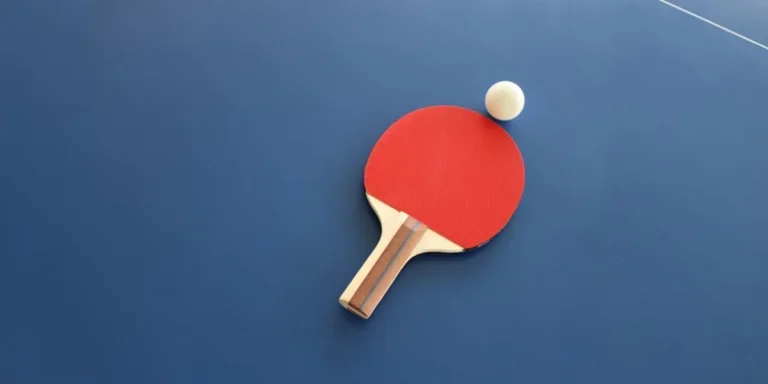




 Afrikaans
Afrikaans አማርኛ
አማርኛ العربية
العربية বাংলা
বাংলা Nederlands
Nederlands English
English Français
Français Deutsch
Deutsch हिन्दी
हिन्दी Bahasa Indonesia
Bahasa Indonesia Italiano
Italiano 日本語
日本語 한국어
한국어 Bahasa Melayu
Bahasa Melayu മലയാളം
മലയാളം پښتو
پښتو فارسی
فارسی Polski
Polski Português
Português Русский
Русский Español
Español Kiswahili
Kiswahili ไทย
ไทย Türkçe
Türkçe اردو
اردو Tiếng Việt
Tiếng Việt isiXhosa
isiXhosa Zulu
Zulu